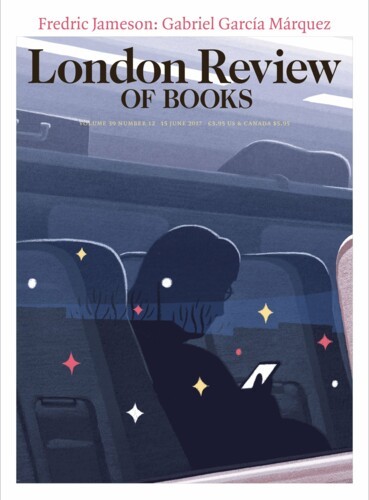Motiveless Malignity
D.A.N. Jones, 11 October 1990
The Comfort of Strangers, and Other Screenplays
by Harold Pinter.
Faber, 226 pp., £14.99, September 1990,0 571 14419 5 Show More
by Harold Pinter.
Faber, 226 pp., £14.99, September 1990,
The Circus Animals
by James Plunkett.
Hutchinson, 305 pp., £12.99, September 1990,0 09 173530 0 Show More
by James Plunkett.
Hutchinson, 305 pp., £12.99, September 1990,
“... like the dreadful Vodi, despoilers of life, who work for Nelly, the witch with pointed teeth, in John Braine’s best novel, The Vodi, which appeared in 1959. Such demonic fantasies are quite common, I think, when young men are locked in a long-running conversation in, say, barrack-rooms or hospital wards. In Pinter’s case, the fantasy of ‘the ... ”
